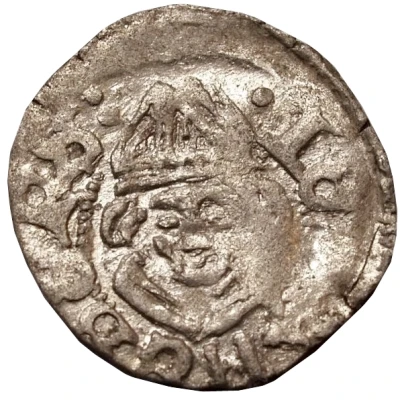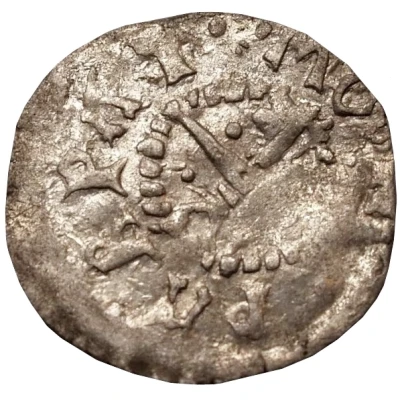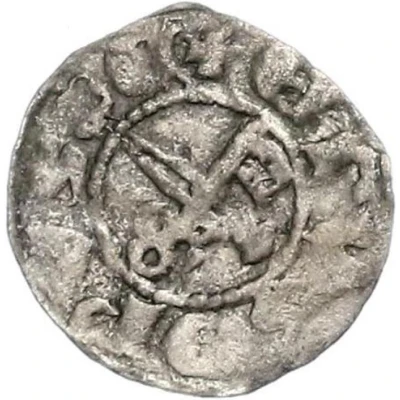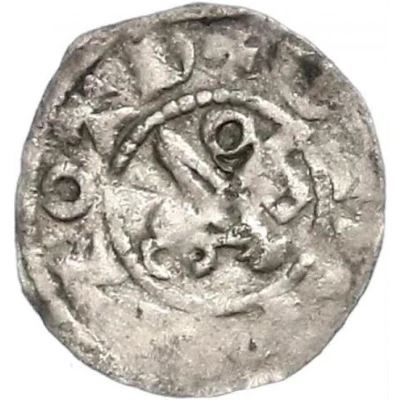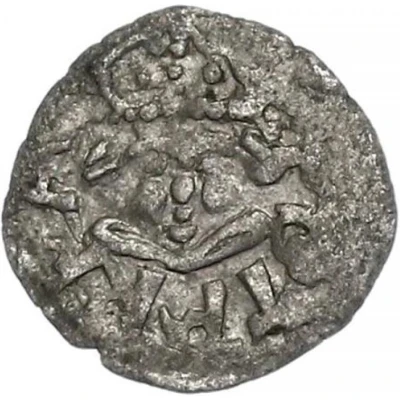
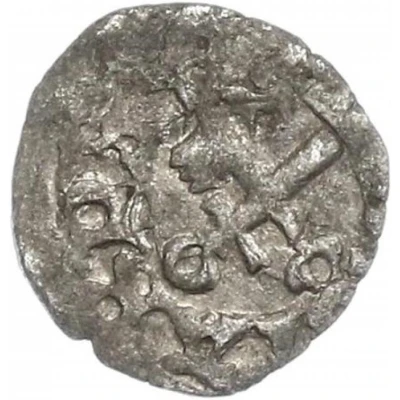

© WAG Online Auktions
1 Pfennig - Sede Vacante ND
1515 year| Billon | 0.37 g | 13 mm |
| Issuer | Bishopric of Dorpat (Livonian Confederation) |
|---|---|
| Period | Sede vacante (1515) |
| Type | Standard circulation coin |
| Year | 1515 |
| Value | 1 Pfennig = ⅓ Schilling |
| Currency | Schilling (1422-1558) |
| Composition | Billon |
| Weight | 0.37 g |
| Diameter | 13 mm |
| Thickness | 0.5 mm |
| Shape | Round (irregular) |
| Technique | Hammered |
| Orientation | Variable alignment ↺ |
| Demonetized | Yes |
| Updated | 2024-10-06 |
| Numista | N#143711 |
|---|---|
| Rarity index | 97% |
Reverse
Crossed sword and key surrounded by legend.
Script: Latin (uncial)
Lettering: MONE · TARPAT
Lettering (regular font): MONE · TARPAT
Translation:
Moneta Darpatensis
Coin of Dorpat
Edge
Plain
Comment
Some sources, like Haljak, say they were minted under Johannes V Blankenfeld (1518-1527); however, with the bust design of Christian Bomhower (1515-1518) being agreed upon, and with the coins listing the name Johannes most likely belonging to Johannes IV Duesborg (1513-1514), the type without a name was probably struck during the time no ruler was in power (1515).The exact lettering of the surrounding legend may vary.
No date (1515):
1) EPE · TARPAT / MONE · TARPAT
2) EPE · TARPAT / MONE · TARPA
3) EPE · TARPA / MONET · TARPAT
4) TARPAT · EPS / MONE · TARPAT
Interesting fact
One interesting fact about the 1 Pfennig - Sede Vacante ND (1515) coin from the Bishopric of Dorpat (Livonian Confederation) is that it was made of Billon, a type of alloy that is composed of a mixture of metals, typically copper, silver, and tin. This coin, in particular, weighs 0.37 grams and has a unique historical significance as it was issued during the Sede Vacante period, which means "empty seat" in Latin, referring to the period when the Pope's seat was vacant, and the Catholic Church was in a state of transition.
